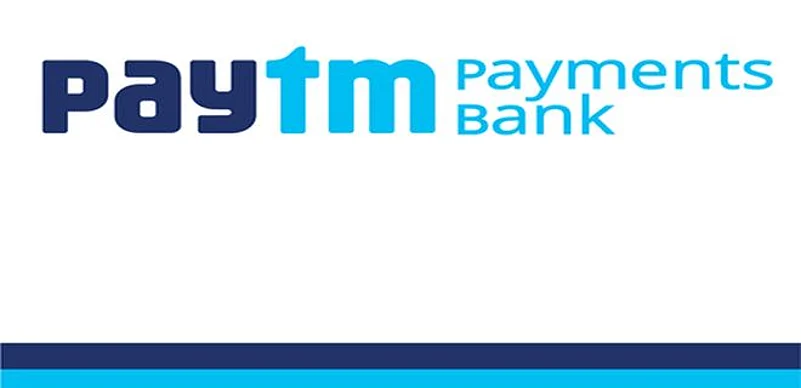From May 23, Paytm will be the latest to join the list of payments banks. On 19 August 2015, the Reserve Bank of India had given “in-principle” licence to eleven entities to launch payments banks. However, it took some time before any of these banks started operations. Airtel payments bank, the first in the list, was launched as a pilot in November 2016 and saw an official launch in January 2017, and India Post payments bank started operations around the same time. Aditya Birla Idea and Reliance Jio have also received an RBI approval to start a payments bank.
What are payments banks?
Advertisement
According to RBI, “the objective of setting up of payments banks will be to further financial inclusion by providing (i) small savings accounts and (ii) payments/remittance services to migrant labour workforce, low income households, small businesses, other unorganised sector entities and other users.”
What services can they provide?
Like a traditional bank payments banks can accept deposits restricted to Rs 1 lakh per customer. They can also pay interest to customers on the money that is being deposited. A payments bank account can either be a current account or a savings account. A customer can deposit and withdraw money and use cheque books by opening an account with the bank. Additionally, they can provide remittance service and internet banking, and issue debit cards to the account holders. They can also distribute mutual fund, insurance and pension products.
Advertisement
How are they different from a traditional bank?
Payments banks unlike a traditional bank cannot undertake lending service, i.e., they cannot lend money to the account holders. Likewise, they cannot issue credit cards. These banks are primarily for transactions.
What happens to my Paytm account?
As Paytm sets about offering payments banks it’s important for the users to know that the balance in your Paytm wallet will get transferred to the Paytm payments bank automatically. However, the user experience will remain unchanged as the app will continue to function just as it is. You can choose to opt out of the Paytm wallet by sending a mail or visiting their website in which case your wallet money balance will be transferred to your bank account. You can opt to open an account separately upon which you will receive an account number, cheque book and a debit card.















 Just one email a week
Just one email a week